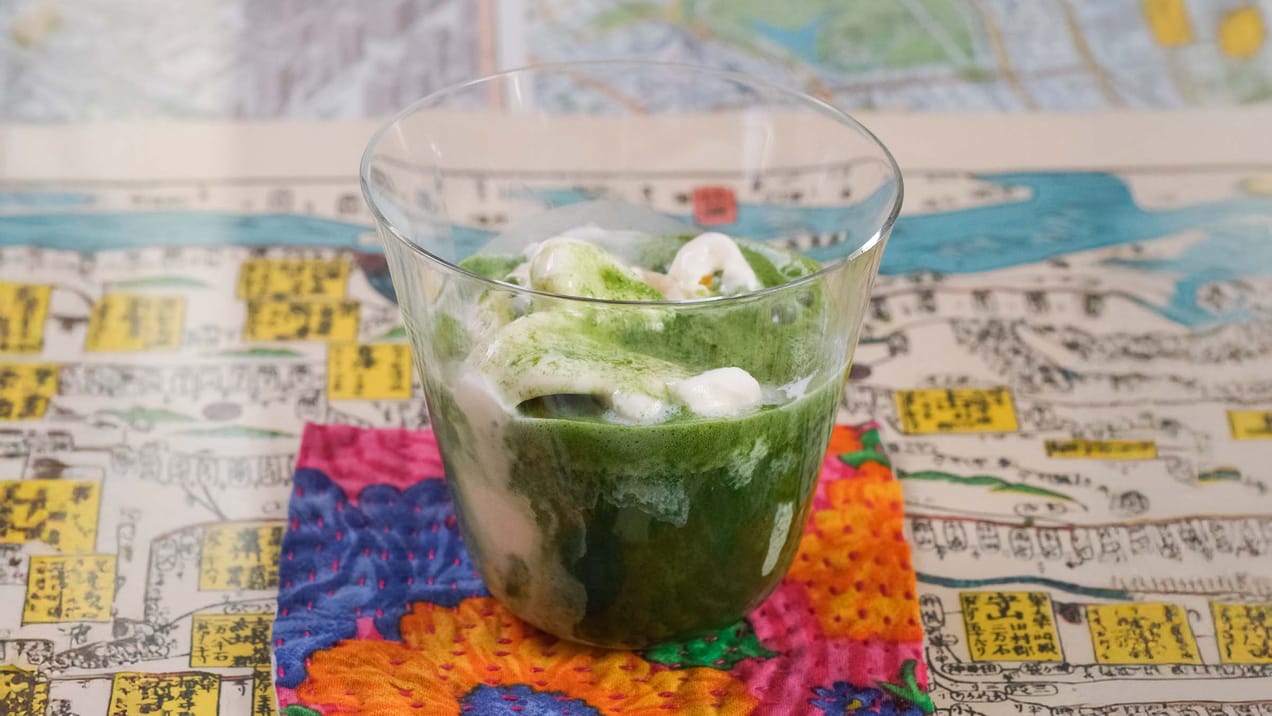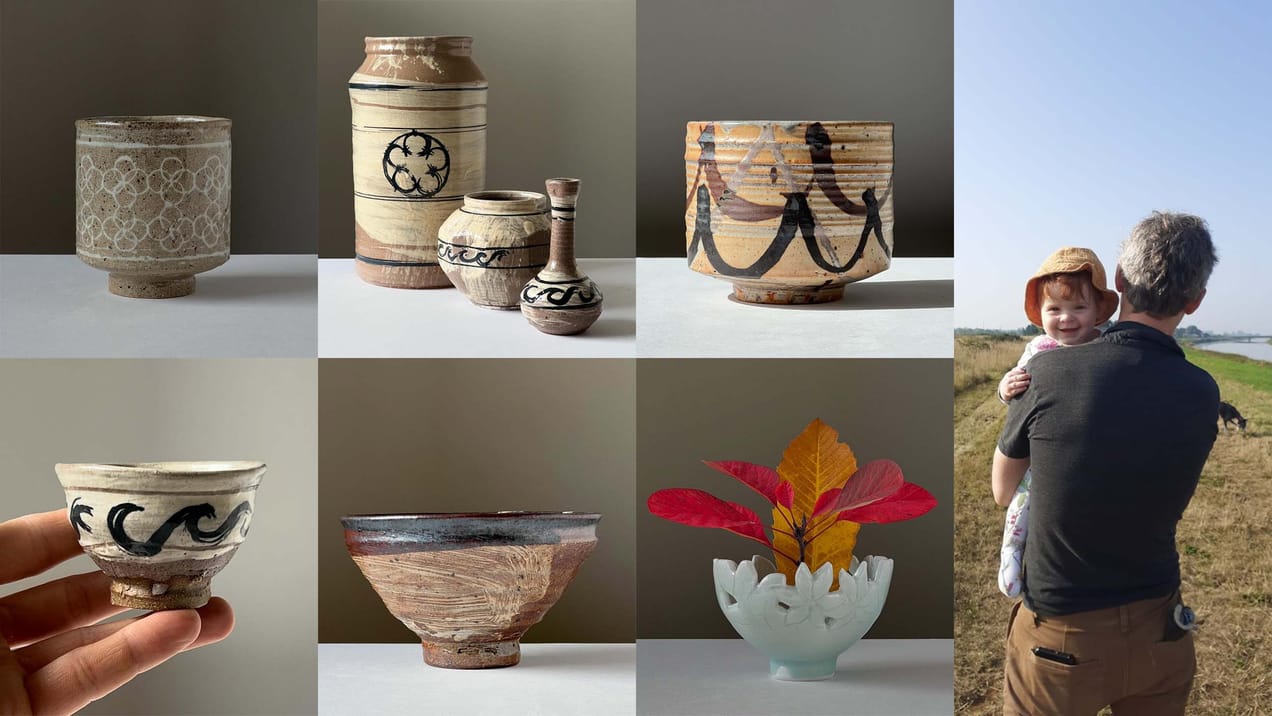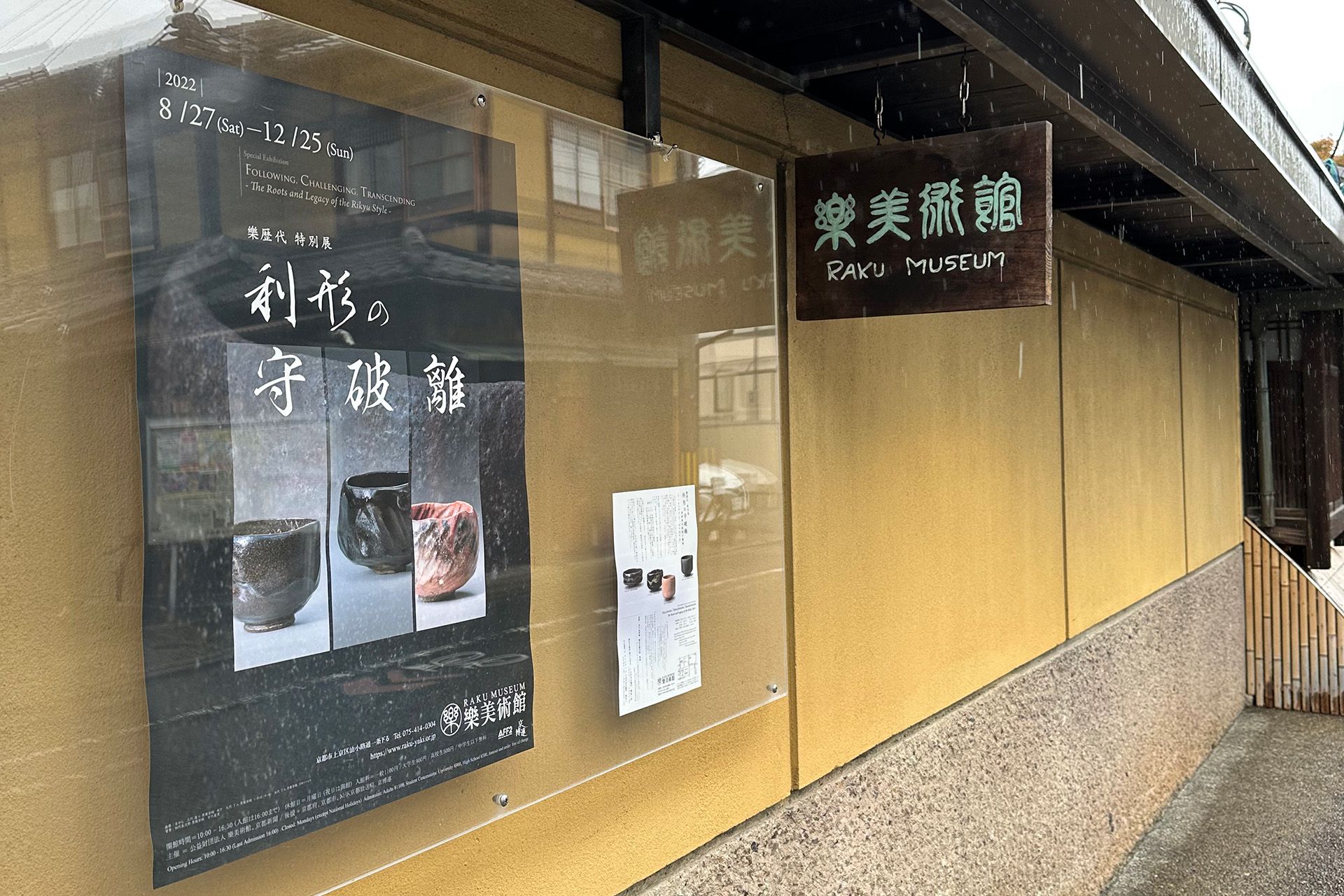
Traditions: from copying to rebellion to transcendence
When we think about traditional craft objects, the first image that comes to mind is that of old things, vintage looks, nostalgia and remote origin stories. However, traditions are living entities. They have to be born before they get a chance to establish themselves, they grow and evolve, and sometimes they die too.
The evolution of a tradition can take different shapes and forms, perhaps it’s the technique that subsists and gets applied to other industries, like the katana sword makers from Kyoto that over the last two centuries have pivoted to making kitchen knives as sharp as the battle tools of yore.
The end for a tradition might come through a shift in external market forces that dictate it’s no longer valuable to society. Or it could be that there are no new apprentices to keep it alive. Another kind of death for can happen when a tradition becomes the victim of its own success, gets stuck in a specific moment in time, and continues its existence in a zombie-like state, hardly changing at all.
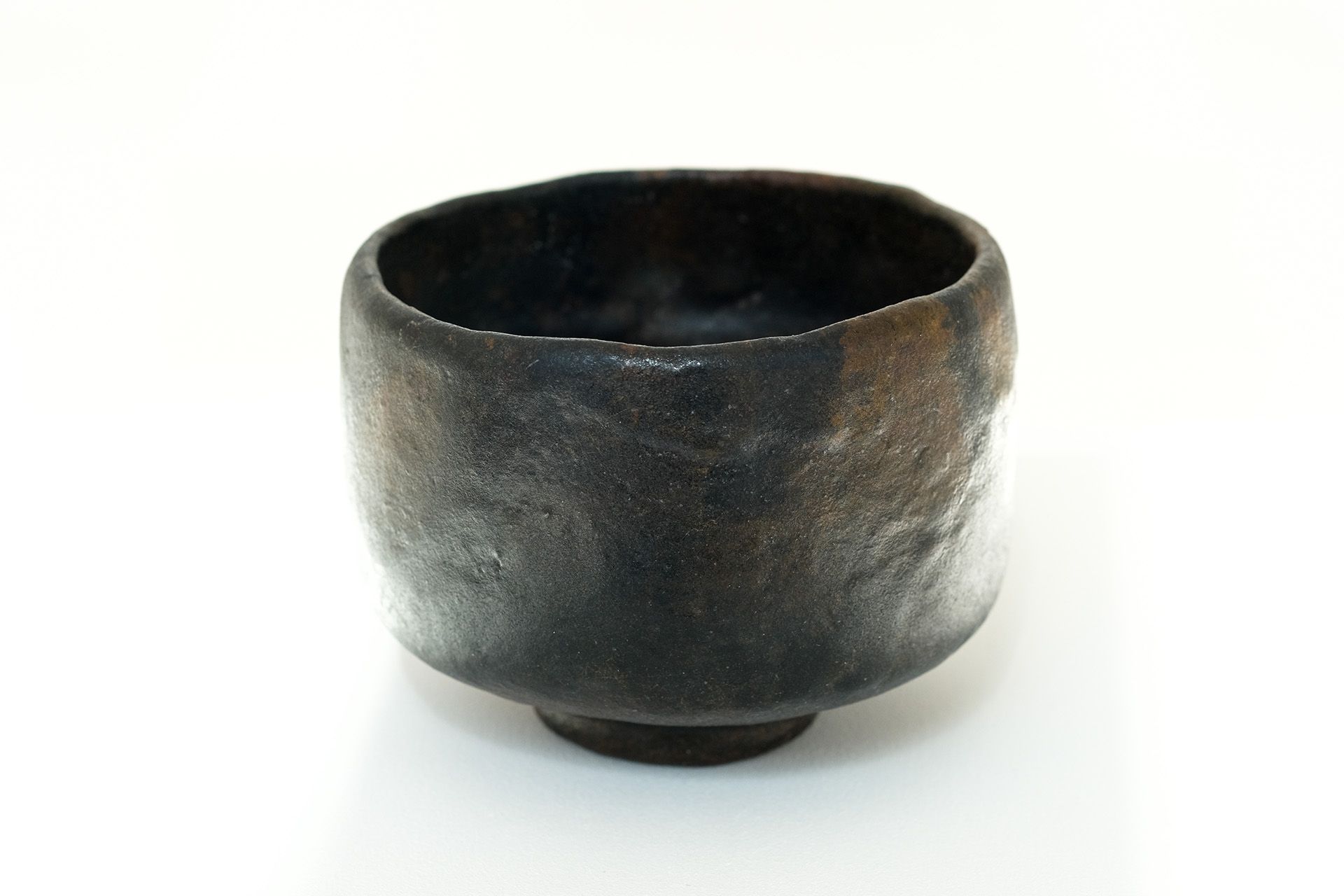
Craftspeople are responsible for carrying on traditions through successive generations by nurturing them in such a way that they stay relevant to the world they inhabit. This is often driven by the craftsperson's relentless intuition and curiosity while surfing the waves of constant transformation. The change it goes through might be imperceptible to the untrained eye, a sort of Darwinian natural selection that is visible only across large spans of time.
Some traditions have codified mechanisms to proactively deal with change by embracing it, such as the Japanese concept of Shuhari, often associated with martial arts, although it had its genesis in Noh theatre and the Way of Tea.
Last November I was able to explore the meaning of Shuhari through an exhibition at the Raku Museum in Kyoto called "Following, Challenging, Transcending: The Roots and Legacy of the Rikyū Style". It looked back at the evolution of dozens of tea bowls, chawan in Japanese, made by the Raku family, from the 16th Century iconic ones by the originator of the Raku dynasty, Chōjirō I, to those created by the current head, Kichizaemon XVI and his father, who assumed the name Jikinyū upon passing the baton in 2019.
Rikyū-style, or Rikyū-gata, refers to the kind of objects that were preferred by the most famous Japanese Tea Master of all time, Sen no Rikyū (1522 – 1591), who was also a prominent, trendsetting merchant and a confidant of warlord Toyotomi Hideyoshi, second of the three great unifiers of Japan. Rikyū promoted a tea practice known as wabi-cha which emphasised simplicity, the use of humble tools and had a focus on the relationship between the host and the guests above all things. The Raku tradition was born after Rikyū picked Chōjirō, a tile maker working at Hideyoshi's Jurakudai palace, to create a rustic-looking black bowl free of all the tropes of the aristocratic style of the day.
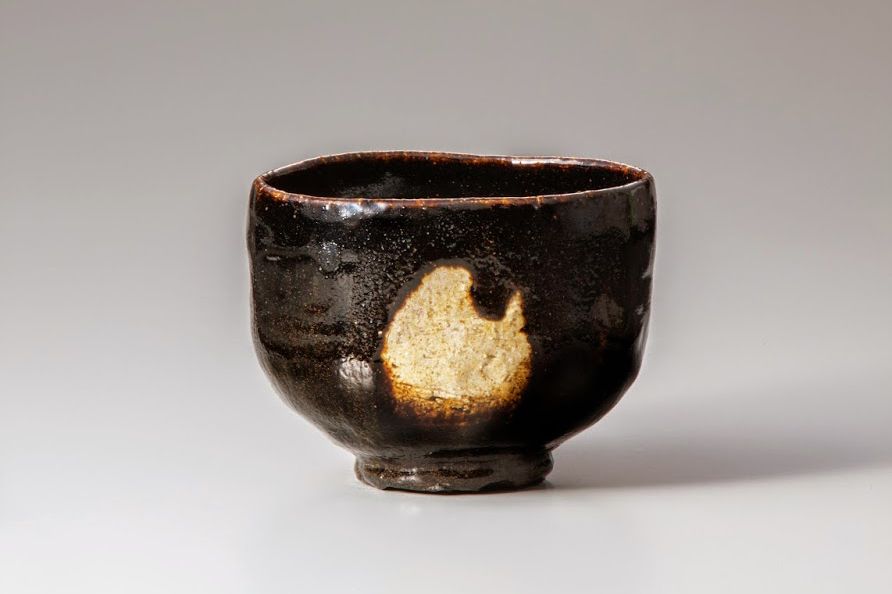
Shuhari establishes three phases to reach mastery. The first one, Shu, is to copy the master, to learn and follow the fundamentals of the tradition. Next is Ha, to challenge the received knowledge, breaking away to create something new by exploring new paths. Following and challenging are like a pendulum that swings back and forth. The third phase, Ri, is not automatic or easy to achieve. It’s about transcendence, the kind that frees the maker from the dualism of Shu and Ha. It's a leap onto a higher level, a new creative pursuit that allows the tradition to evolve without denying its essence.
"To keep the tradition does not mean merely to stick to it but to inherit the spirit of creativity and make it connect with the epoch you live in." - Raku Kakunyū XIV (1918-1980)
To explore the different creations of Raku masters check out the Raku Museum instagram feed: @rakumuseum_kyoto
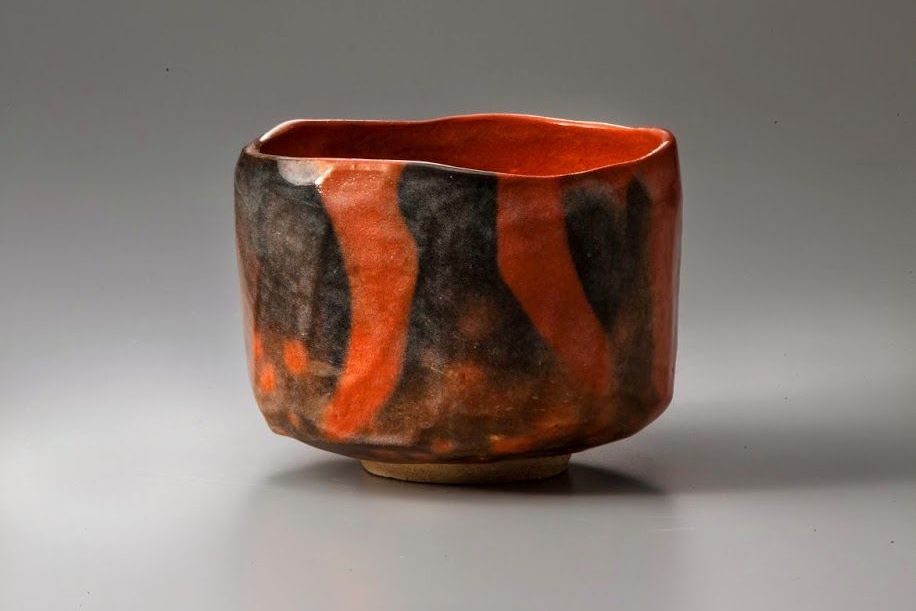
The Raku tradition is anchored in Shuhari. While each new generation learns directly from the previous one through what’s called Isshi-sōden, the passing of the secrets from parent to heir, not all things are taught in detail. For example, each Raku head has to develop their own formula for a black glaze using stones from Kyoto’s Kamo river.
“The Raku family draws a clear distinction between fundamental techniques handed down from generation to generation and individual techniques that each successor masters by himself. This is to foster the originality of each individual artist and avoid being excessively constrained by the legacy of the past. For example, the preparation of glazes is considered an individual technique, and a master teaches nothing to his successor even if the successor is his own child.” - Raku Kichizaemon XV and Raku Atsundo in Raku - A Legacy of Japanese Tea Ceramics
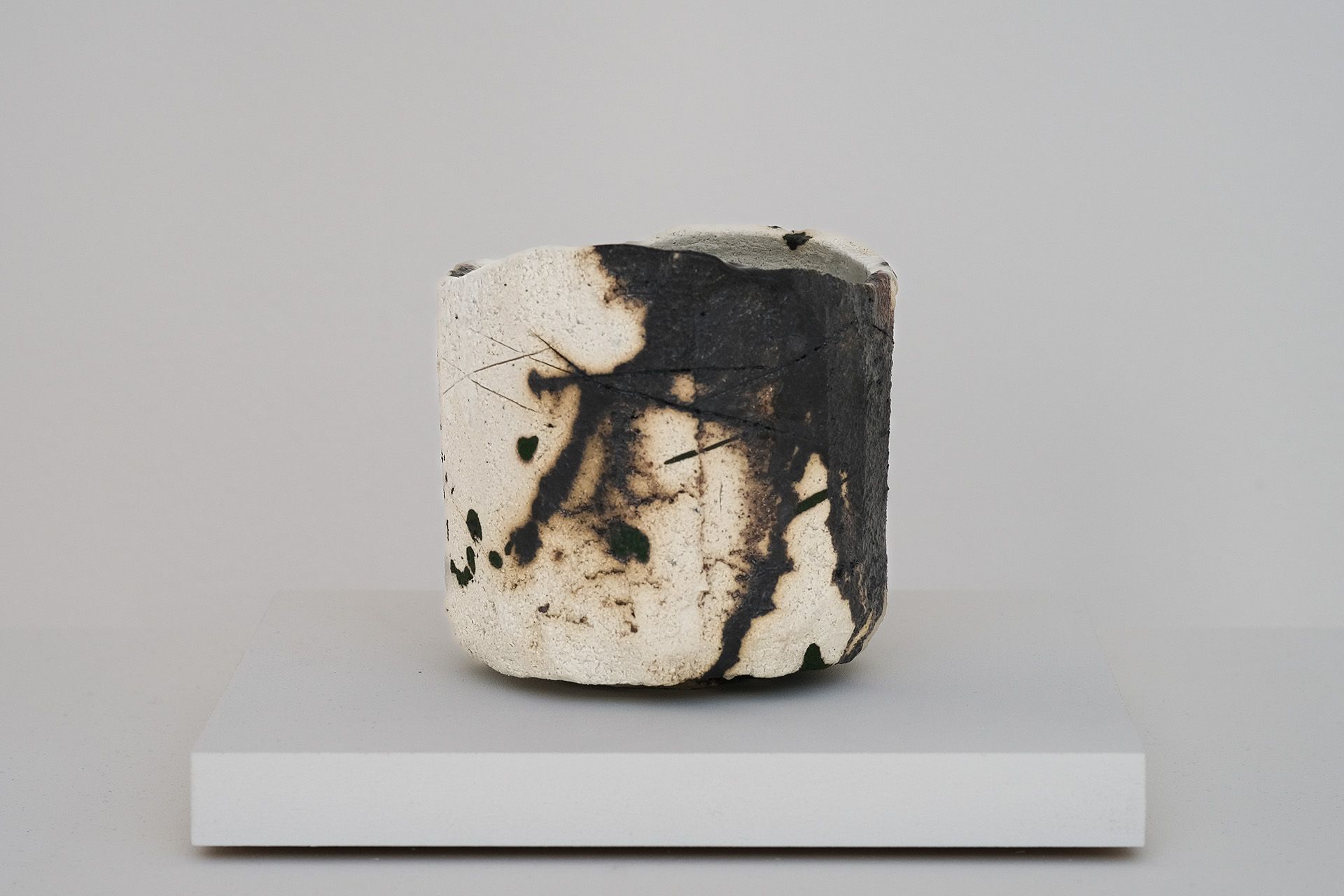
Shuhari is one of the many processes through which a tradition can renew its purpose and continue to live on, and it's applicable beyond traditional crafts. As sociologist Richard Sennett pointed out in his seminal book The Craftsman, the notion of craftsmanship applies to all kinds of professions, including doctors, programmers, artists and even parents. With that in mind, I aspire to achieve Ri in my own pursuit of mastery as a knowledge worker. But for now, I’m still swinging back and forth between Shu and Ha.
つづく

